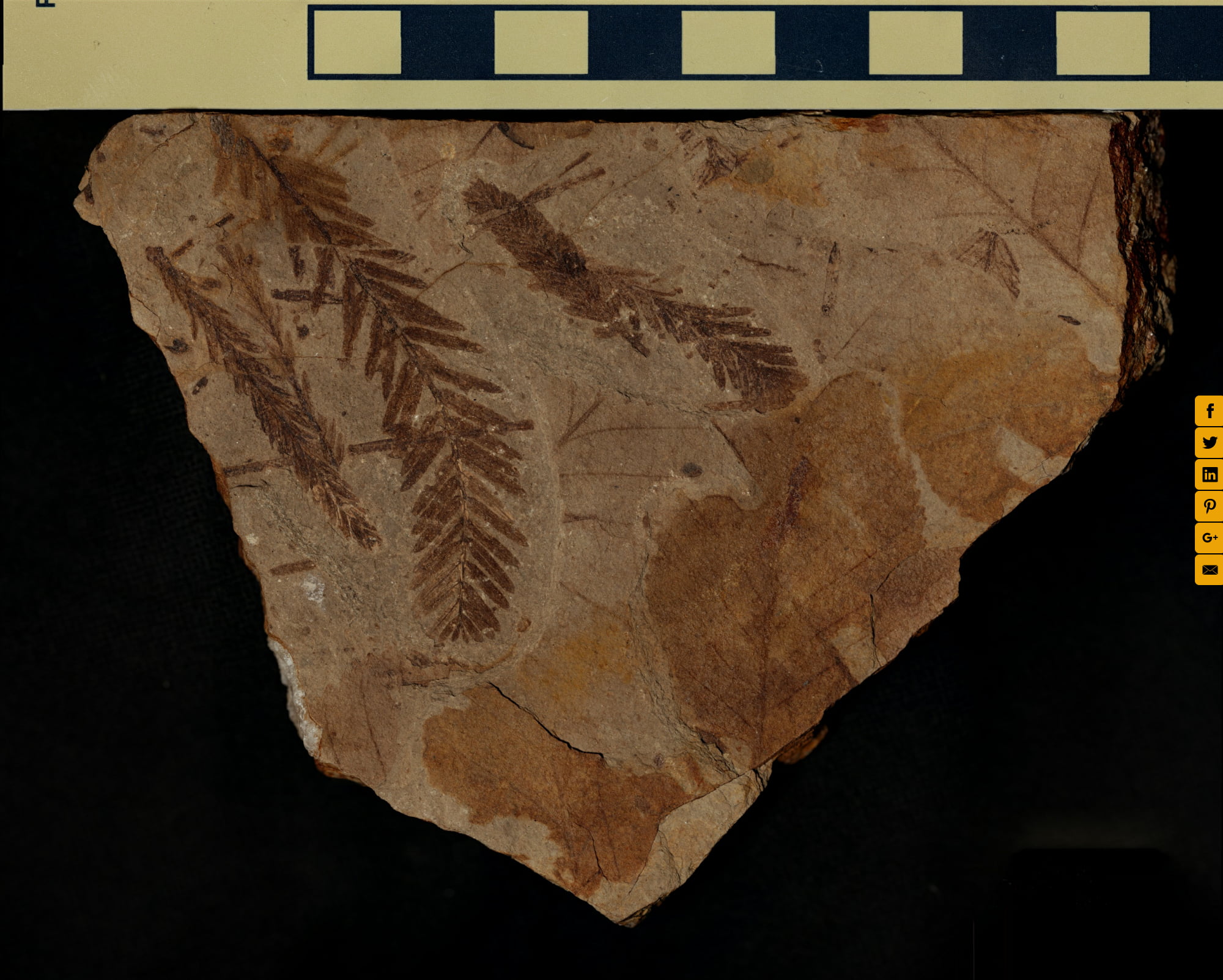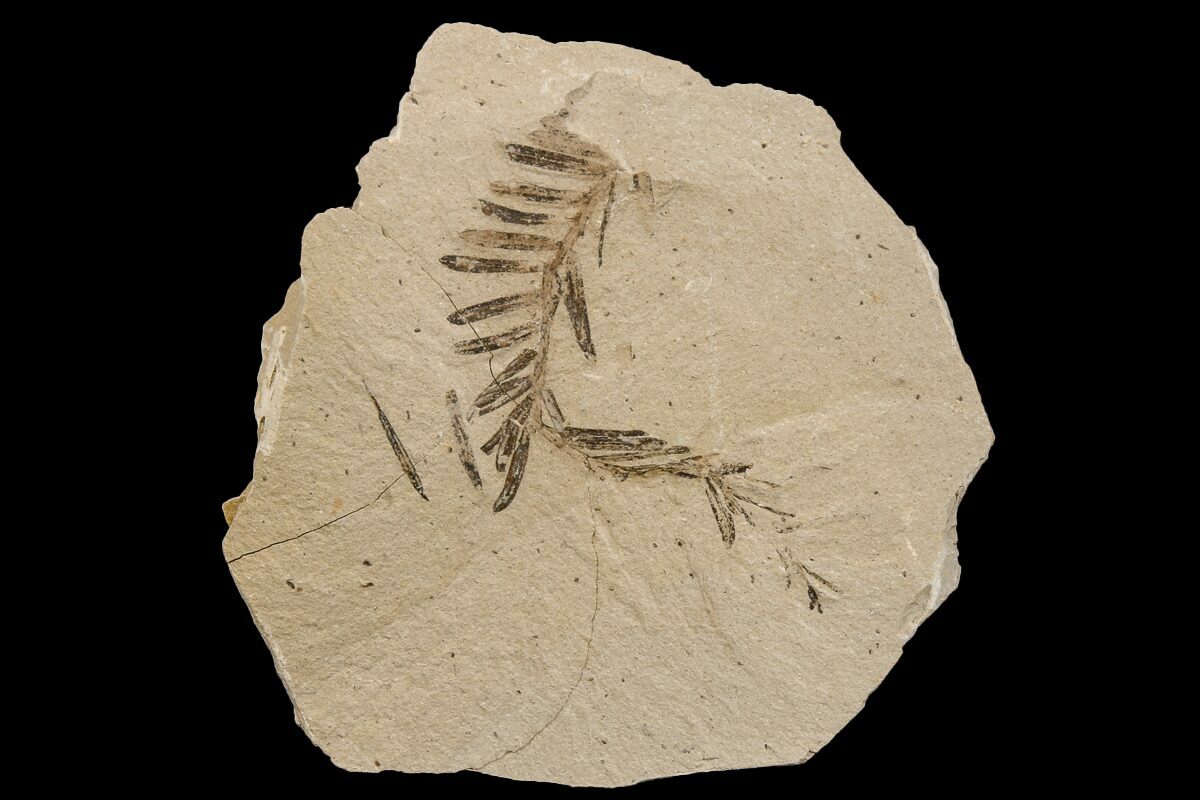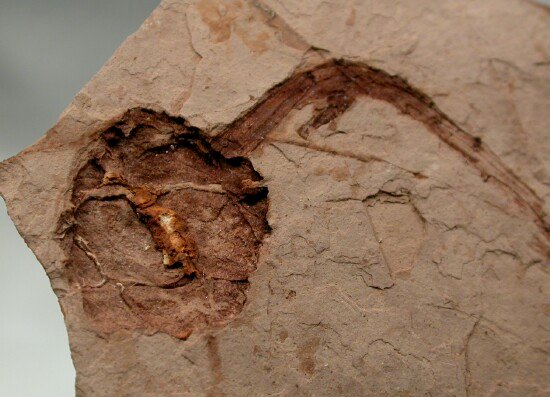
In volcanically-active regions, silica-rich fluids often flow through sedimentary layers and can replace materials vulnerable to disintegration with more resistant materials (see step 2 in diagram above). Sometimes larger-sized sediments, which tend to have more pore space between the grains, can be conducive to fossil preservation.

Large-sized sediments often imply high-energy environments where current action is strong, organisms’ remains can be broken apart and carried away. Many of the organisms died in floodplains, marshes, or other low-energy environments where mud is the primary sediment type. Mud contains clay minerals that pack together and prevent oxygen from entering. Rapid burial protects organisms from biologic factors such as scavengers and decomposers, and from non-biologic factors such as sun, wind and rain.Īnother helpful factor in the John Day region is the sediments’ small grain size. Continuing eruptions can bury organisms’ remains beneath more layers, thus further removing them from the oxygenated atmosphere that is so destructive to organismal preservation. Although super-hot ash flows will incinerate most living things in its path, the ash at more distant locations can mix with water and sediments and cover organisms without incinerating them. To be fossilized, organisms must be buried rapidly to prevent their decomposition. You now probably realize that volcanic eruptions are one key to the exceptional preservation in the John Day region (step 1 in diagram above). For another take on how fossils are formed, you may wish to read the amusing piece “How can I become a fossil?”: Here’s how it can happen (image from ScienceWorld). So fossilization is rare, and the likelihood that they are in a location where they can be discovered is even rarer. Scientists estimate that only 1/10th of 1% of all the species that ever lived became fossils. Based on Condon’s studies, other scientists went to the region, including paleontologists from UC Berkeley, which today houses a large collection in their UCMP (University of California Museum of Paleontology).

The state of Oregon recognized his work by appointing him to a position as the first official State Geologist, and the University of Oregon hired him as a geology professor. He published papers and sent some of his collection to prominent paleontologists on the East Coast, thus expanding knowledge of the region. Photo courtesy of Jay Ach.Ĭondon persistently studied the Fossil Beds. It contains a rich fossil collection, signs to explain the organisms’ characteristics, and murals to help visitors imagine what the region looked like when the now-extinct organisms were living there. He considered science a means to understand the spectacular nature of God’s creation and said: “The Church has nothing to fear from the uncovering of truth…Evolution was simply God’s method of working, and therefore not atheistic or infidel.” The Thomas Condon Paleontology and Visitor Center, located across the road from Sheep Rock and the historic Cant Ranch, is well worth a visit. Condon did not see a conflict between religion and modern science.

The captain knew Condon-a minister and self-taught scientist-because he gave public lectures about geology in his church. He learned about the fossils during the Civil War, when an Army captain brought samples to him in The Dalles.

The first paleontologist to study the John Day Fossil Beds was Thomas Condon, after whom the monument’s Visitor Center is named. Chaney, a paleontologist at the University of California Berkeley (UCB) who worked in the area from the 1920s through the 1960s: “No region in the world shows a more complete sequence of Tertiary (66–2.6 Ma) land populations, both plant and animal, than the John Day Basin.” He knew whereof he spoke, as he traveled widely to study plant fossils, which was his specialty. The John Day Fossil Beds are a world-class locality for such studies. Paleontology is the study of plant and animal fossils to understand how life has evolved through geologic time.


 0 kommentar(er)
0 kommentar(er)
